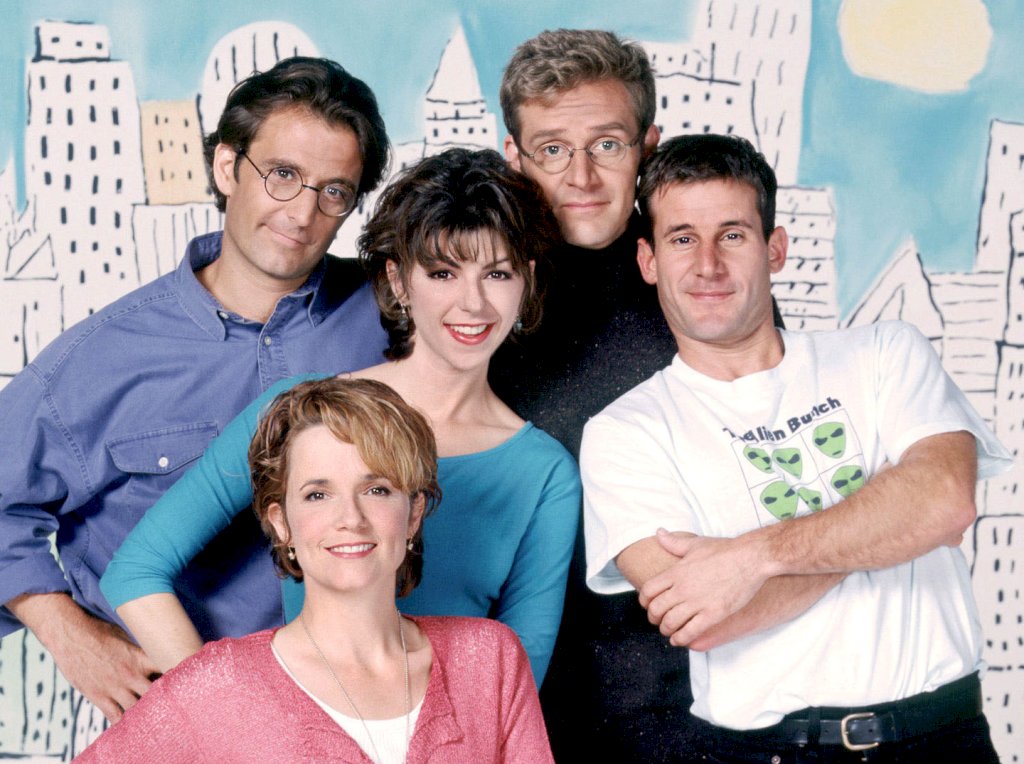The 1960s were a transformative era in American history, marked by significant cultural, social, and political changes.
New York City, often referred to as the cultural epicenter of the United States, played a pivotal role in shaping the entertainment landscape of the decade.
Young people in New York City during the 1960s experienced an exhilarating and dynamic entertainment scene that encapsulated the spirit of the times. The vibrant nightlife, music, theater, and film experiences that defined the entertainment life of young New Yorkers in the 1960s.
Nightlife and Clubbing
One of the defining aspects of young people's entertainment in 1960s New York City was the electrifying nightlife and clubbing scene.
Iconic venues like the Copacabana, the Peppermint Lounge, and the Village Gate welcomed youth seeking to escape the monotony of everyday life and embrace the spirit of rebellion that characterized the decade.
These clubs offered live performances from some of the era's most prominent musicians, from rock 'n' roll to jazz and everything in between. The rise of genres like Motown and the British Invasion made these clubs a hotbed for groundbreaking musical experiences, where artists like The Beatles, The Rolling Stones, and James Brown left indelible impressions on enthusiastic audiences.
The Birth of Folk Music in Greenwich Village
Greenwich Village, located in Lower Manhattan, became a mecca for folk music enthusiasts in the 1960s.
Young people flocked to establishments such as Café Wha? and Gerde's Folk City, where they were treated to intimate performances by folk legends like Bob Dylan, Joan Baez, and Pete Seeger.
The simplicity and authenticity of folk music resonated deeply with the counterculture movement, and these venues became the breeding ground for political activism and artistic expression.
The Theater Scene: Off-Broadway and Experimental Theater
Broadway may have been the pinnacle of theatrical performances, but for young New Yorkers seeking cutting-edge and experimental productions, Off-Broadway was the place to be.
Off-Broadway theaters like The Living Theatre and La MaMa Experimental Theatre Club provided an avenue for avant-garde plays and thought-provoking performances.
Theater became a means of addressing social issues and challenging traditional norms, appealing to the burgeoning generation's desire for change and questioning the status quo.
Pop Art and the Art Scene
The 1960s also witnessed the emergence of the Pop Art movement, led by artists like Andy Warhol, Roy Lichtenstein, and Claes Oldenburg.
Young New Yorkers immersed themselves in the world of contemporary art, visiting galleries like the Leo Castelli Gallery and the Guggenheim Museum. Pop Art celebrated consumer culture and mass media imagery, reflecting the vibrant and rapidly changing society in which these young people lived.
Cinema and the Independent Film Movement
The 1960s brought a revolution to the film industry, and young cinephiles in New York City were at the forefront of this change. Independent filmmakers like John Cassavetes and Shirley Clarke challenged Hollywood norms with their raw, innovative narratives.
The rise of art-house cinemas like the Bleecker Street Cinema and the Elgin Theater offered young moviegoers the opportunity to explore groundbreaking films from around the world. The decade also witnessed the emergence of new cinematic voices, such as the French New Wave and the British Free Cinema movements, which deeply influenced New York's film culture.
Dances and Dance Clubs
Dancing played a crucial role in the entertainment life of young New Yorkers during the 1960s.
Dance crazes like the Twist and the Frug took the nation by storm, and teenagers and young adults gathered at venues like the Peppermint Lounge and the Electric Circus to let loose and embrace the joy of movement.
Dance clubs became spaces where different racial and social groups came together, fostering a sense of unity and harmony in an otherwise divided world.
The entertainment life of young people in 1960s New York City was a whirlwind of creativity, rebellion, and social consciousness. From the vibrant nightlife and music scene to the experimental theater and independent film movement, every aspect of entertainment reflected the spirit of the times.
The decade provided a unique blend of rebellion and unity, creating a legacy that continues to influence contemporary culture. The experiences of young New Yorkers during the 1960s serve as a testament to the power of entertainment as a force for social change and a means of celebrating the human spirit.


